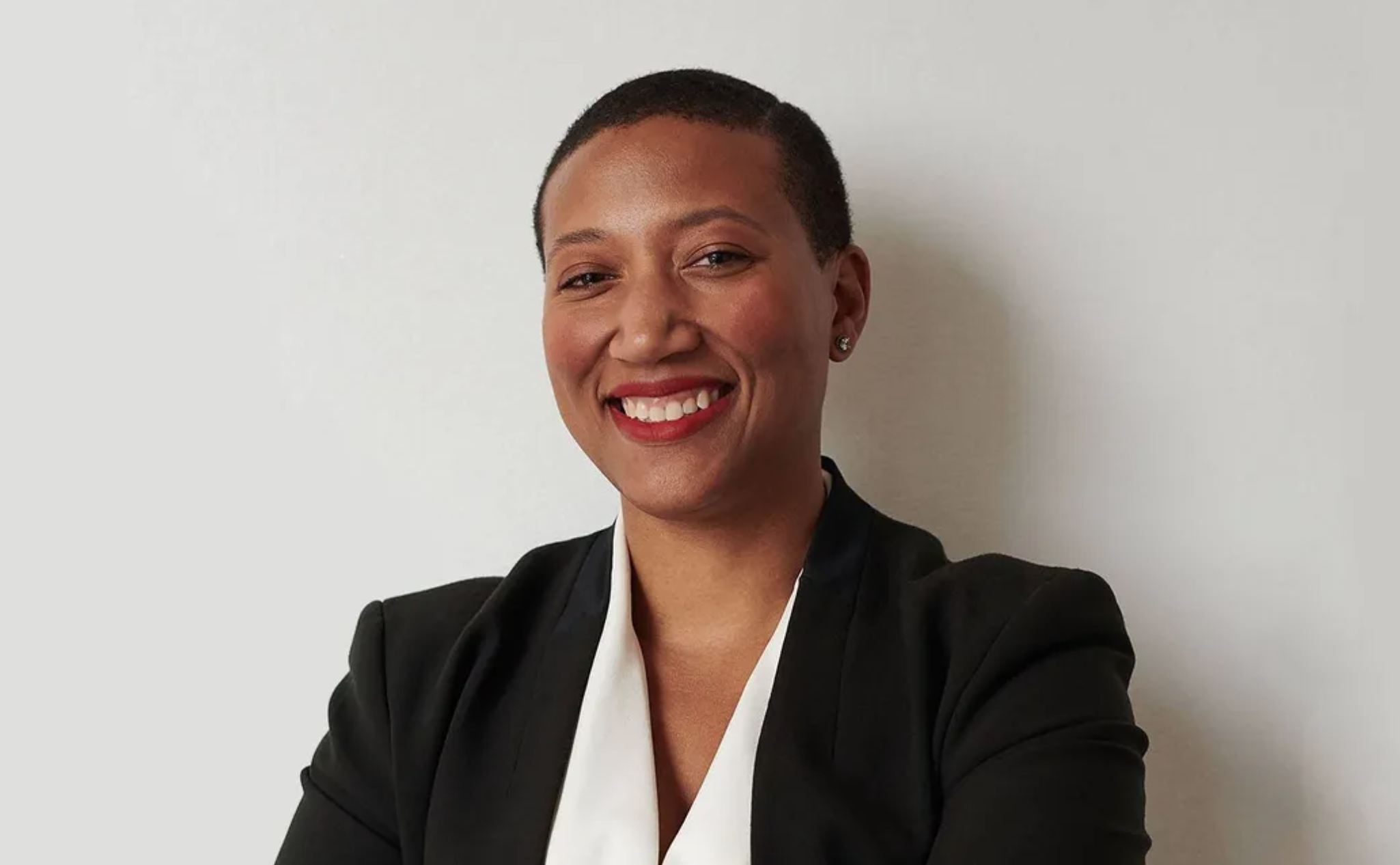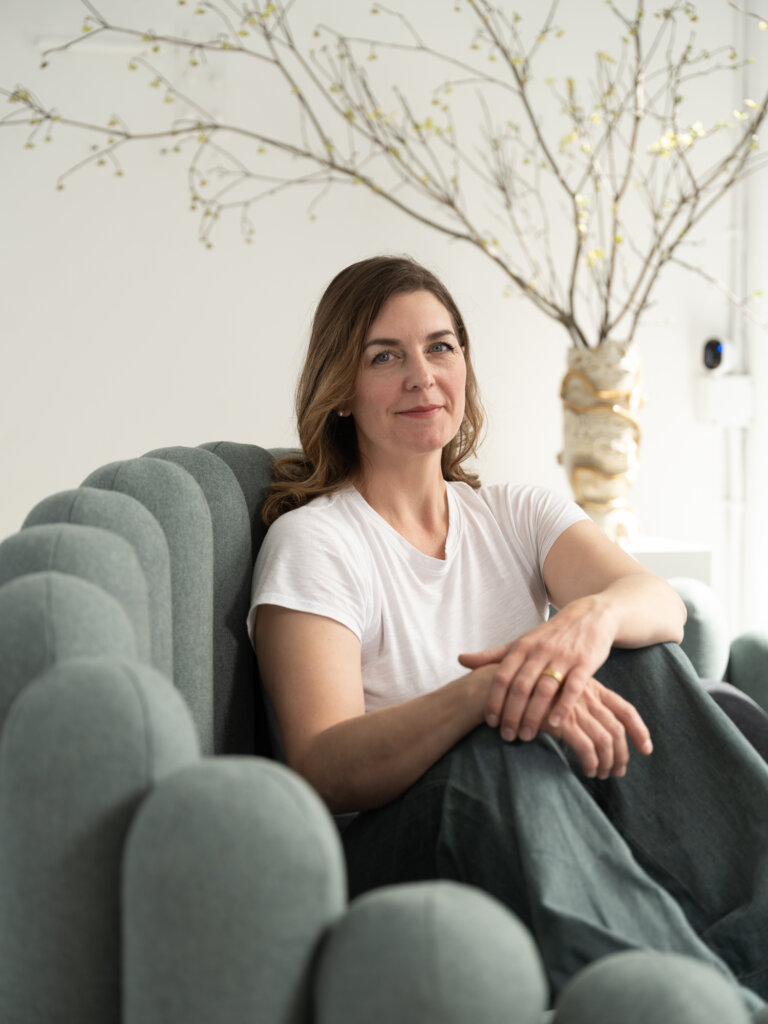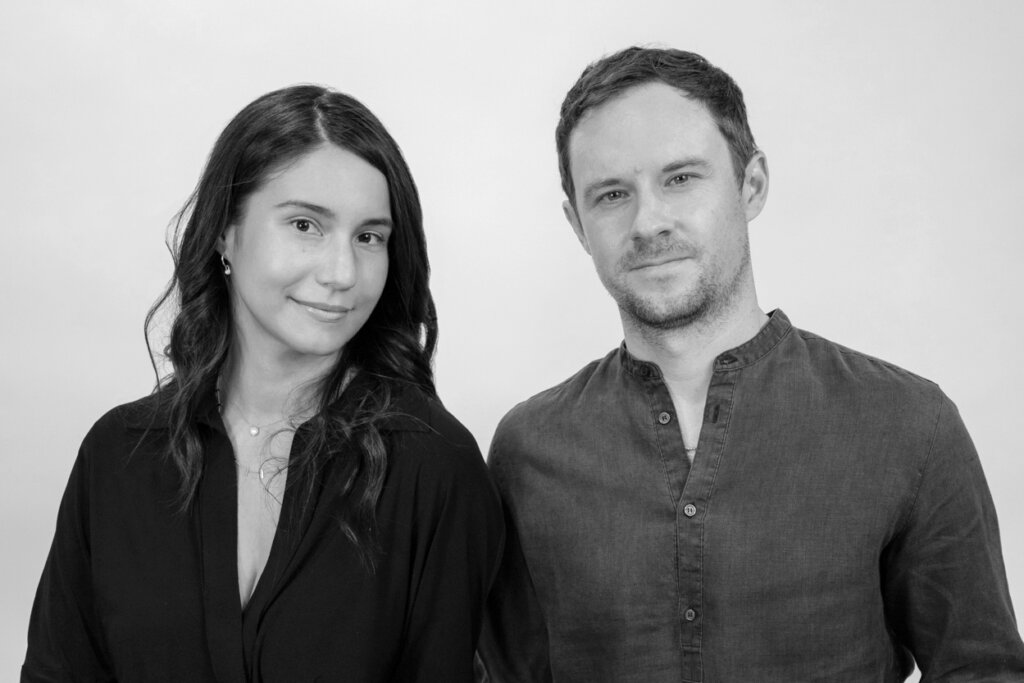
Kimberly Dowdell, marketing principal at HOK, Chicago, discovered her passion for architecture as a kid growing up in inner-city Detroit. Seeing a need for revitalization in the downtown area at the time, she began to view design as a tool for the change she wanted to see. As former President of the National Organization of Minority Architects and a fierce advocate for diversifying the field, Dowdell is a shining light in the design industry.
How does your background inform your design and approach today?
Given the level of complexity involved in revitalization for a place like Detroit, I began studying the issues very early on and learned the importance of community engagement, public sector leadership, and solid business acumen. For complex problems to be solved, all of the key stakeholders must have a voice in shaping the solutions. In the context of design and development, striking the appropriate balance between all of the various priorities is vital to delivering a successful project. From my perspective, a successful project is one that is delivered on time, on budget, and at the level of quality required by the client, which drives my approach to design and management.
“My overarching professional mission is to improve people's lives by design."
Kimberly Dowdell
What is unique about your overall design approach?
I think about how different stakeholders relate to a project. Group dynamics matter and this comes from training not just as an architect but also from studying public leadership and group dynamics in graduate school. We all have motivations and a value set with which we seek to align. We must understand the needs of the parties around the table in order to facilitate the most productive project outputs and outcomes.

HOK Impact, a mission-driven social responsibility initiative made up of volunteers from each HOK studio, co-founded by Dowdell in 2010.
What are the most pressing issues that you feel the design industry needs to address?
Balance. We need to consider not just the present needs of a development project, but more broadly what will be the needs of the client, community, society, and climate 40 to 50 years from now. We must identify how to plan for that. Striking the right balance between the needs of today and tomorrow for a wide array of stakeholders is complex, but it is ultimately the best way to design for a more sustainable future. Taking a more balanced approach requires more patience, partnership, and time. The design industry needs to more clearly and effectively advocate for the value of design as a solution to the issues faced by our clients. We must be viewed as trusted partners rather than just service providers and that will help empower us to strike the right level of balance in our projects and ultimately create better design solutions.
You’ve been quoted as saying that you believe in a quadruple bottom-line sustainability—incorporating financial, ecological, social and cultural priorities. Why do you think cities will be better off if we see greater cohesion between those quadruple line priorities?
Two-thirds of the world’s population will be living in cities or other urban centers by 2050, according to the United Nations. Meanwhile, by 2045, this country’s population will become mostly non-white according to the Brookings Institute. The racial problems we have today will only be exacerbated as density increases, and this includes cultural divides. We often confront finance, ecological, and increasingly, social issues in our design, but we also need to tackle cohesion as communities today head toward an increasingly more diverse and complex future. It can be achieved with balanced leadership, thoughtfulness, and inclusion in our design approach.


